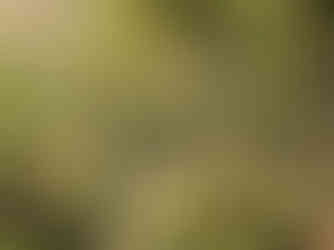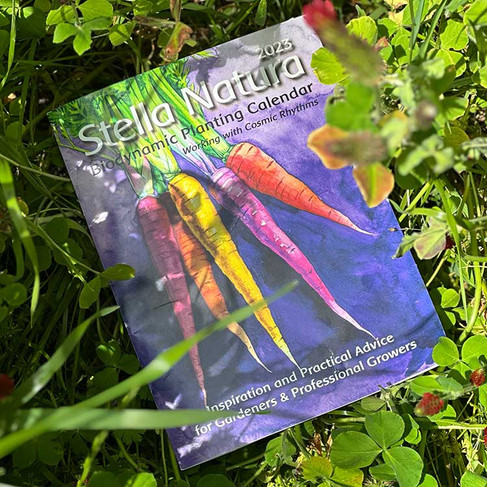AN INTRODUCTION TO BIODYNAMICS
- Brooke Giannetti
- May 4, 2023
- 3 min read
Imagine walking through a lush garden, with the scent of fresh herbs and flowers wafting through the air. The soil beneath your feet contains a world within itself, teeming with billions of microbes all working to create a healthy ecosystem.

Ahead of you, you see a pasture with roaming animals, peacefully mowing the grass or laying beneath the shade of arching trees. Chickens scratch at the soil and feast on insects, cows graze and leave the land more fertile than they found it, and donkeys stand watch protecting their herd. This is the world of biodynamic farming, where every plant, animal, and element is treated with reverence and respect.

When Steve, Leila, and I moved to Patina Farm, we fell in love with the natural world and felt it was our duty to serve as stewards of our land, leaving it better than we found it. After years of living in Ojai, we stumbled across biodynamic agriculture, fell in love with the idea, and began to implement it on our farm, with the help of Andrew Beedy, our biodynamic consultant.
Patina Farm before and after biodynamics! Images by Lisa Romerein
Founded in 1924 in response to the rise of industrial agriculture and the destruction it unleashed , biodynamic farming is a holistic approach to agriculture that views the farm as a living organism, where everything is interconnected and interdependent.
Followers of biodynamic principles believe that the health of the soil is paramount to the health of the plants and animals that depend on it. Rather than relying on synthetic fertilizers and pesticides, we focus on building soil fertility through composting, cover cropping, and crop rotation. By avoiding synthetic amendments, we stay in the "realm of the living." These naturally occurring nutrients are more bioavailable, which results in healthier plants and soil.

In addition to caring for the soil, we also pay close attention to the rhythms of nature. We use the Stella Natura Biodynamic Planting Calendar, which takes into account the lunar calendar & constellations, to guide our planting and harvesting. Using this method helps create a harmonious balance between the farm and the surrounding ecosystem.
One of the most interesting aspects of biodynamic farming is the use of biodynamic preparations. These are special remedies made from natural materials like herbs, minerals, and manure that are used to enhance soil fertility, promote plant growth, and support the health of animals.
For example, one of the most well-known biodynamic preparations is called "BD 500," which is made by stuffing cow horns with cow manure & the other biodynamic preparations, and burying them in the ground over the winter. This preparation is then used in the spring to enhance soil fertility and stimulate plant growth. The results have been nothing short of miraculous - our crops are more nutrient-dense and flavorful, and our animals are healthier and happier.

We compost all of our food waste and use it to nourish our plants, creating a circle of life that sustains us and the environment. We plant cover crops to enrich the soil and provide habitats for beneficial insects and animals. And we use natural pest control methods, like companion planting and crop rotation, to create a harmonious balance between all the elements of our farm.

By embracing biodynamic farming, we've found a deeper connection to the land and to each other. It's a fulfilling way of life that honors the beauty and magic of the natural world.
Biodynamics is a complex and beautiful method of growing food, and we are just scraping the surface of this fascinating technique. If you're looking to strengthen your relationship to the natural world and yourself, I encourage you to explore the world of biodynamic farming. It's a journey that will leave you inspired, rejuvenated, and deeply in love with the earth.
If you have any questions, please feel free to ask them in the comments!
Xx
Brooke




















Since cows do not shed their horns where do they get the horns to make the BD500?
You have sparked my curiosity in biodynamics! I have some studying to do!
Thank you
Please share a bit about the furry bovine. Assume I know nothing about farm animals and you'll be spot on! - OjaiLynda
Is biodynamic similar to permaculture? Or what would you say the main differences are? Lovely introduction to this way of farming!
are the horns from natural shedding and why are they on the ground?